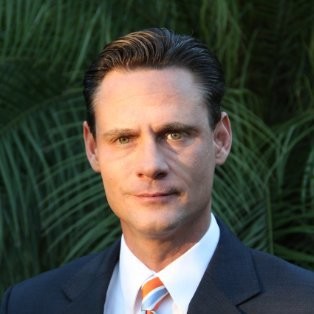Top CEO Email Strategies
Entrepreneurs, CEOs, and other business leaders rely on email and various types of electronic messaging for far more than basic communication. Email has emerged as a ubiquitous tool to set organization direction, tone, and further goals. But as useful as email may be, captains of industry also find it overwhelming. Inboxes routinely become flooded with messages and CEOs often feel as if email manages them, not the other way around.
According to a 2108 Harvard Business Review study, called “How CEOs Manage Time,” tracked the time management of 27 CEOs. These high-profile industry leaders typically spent about 24 percent of their workhours on email. In some cases, CEOs found themselves electronically bogged down to the tune of 55 percent of their valuable time.
The Harvard Business Review report supports the general notion that email remains a valuable resource. But when not effectively managed email, the report states that most emails deal with peripheral issues that do not require their input or electronic response. The impulse to respond tends to “draw them into the operational weeds” and cause a “downward spiral of unnecessary communication.” The data also indicates that CEOs feel compelled to check and respond to email on nights, weekends, and holidays, resulting in diminished quality of life and lost family time. If any of these conditions sound familiar, a 2019 Slab, Work Smarter report looked at how 38 CEOs effectively managed email.

CEOs Earn A Reputation For Prompt Email Responses
Former Google executive Eric Schmidt reportedly indicated that prompt email communication reflected reliability. From his tech-sector perspective, email and other former of electronic communication are industry standards. He urges other leaders to strive for immediate response.
Likewise, a Warren Buffet shareholder letter dating back to 1982 claims that questions can customarily be answered: “within five minutes.” That’s a tall order going back 38 years. Real-time communication can be seen as a higher form of professionalism as long as it does not detract from goal achievement.
CEOs Focus On Profitable Tasks By Minimizing Email
While some wear email immersion like a badge of honor, others have worked diligently to reduce the time spent on it.
Karl Iagnemma, CEO of NuTonomy, made a concerted effort to limit email messaging to a maximum of 25 per day. That stands in stark contrast to Spirit AeroSystems CEO Tom Gentile who reportedly spent 137 hours on email over 13 weeks before pivoting to improved time-management practices. Similarly, LinkedIn CEO Jeff Weiner used strategies to reduce his email volume by 30 percent.
According to the Harvard Business Review study, CEOs considered face-to-face communication to be the most effective way to deliver key messaging and “exercise influence.” Effective CEOs typically spend more than 60 percent of their workhours in group meetings and other face-to-face discussions.
Email Minimization Strategies
Household name CEOs such as Mark Cuban, Elon Musk, and Jeff Bezos, among others, have refined the way they use email to minimize glut. Cuban, for example, reportedly instructs his workforce to limit emails. His management team now only sends Cuban emails concerning questions they cannot resolve themselves. Cuban and his team have effectively eliminated the common email conversations that tend to be counterproductive.
The Tesla and Amazon icons have earned a reputation for short responses that get straight to the point and generally do not engage in extraneous civilities. Their emails are “strictly business,” so to speak. Such business philosophies foster the idea that email remains a formal tool.
How Managed IT Can Minimize Email & Enhance Communication
Philosophic strategies and self-discipline may be earmarks of leading CEOs, but not every professional can command entire workforces to only email when necessary. That’s why software giants such as Microsoft developed tools that streamline email flow.
The Microsoft Outlook’s “Send Later” option emerged as an effective way to manage email flow. Users can compose a new email or response and then select the send later option. CEOs then input a time when it leaves your outbox. As we have all learned, most people respond almost immediately. But because CEOs who use the send later tool release messages on your schedule, you can predict when your inbox will swell again.
Face-to-face communication remains a preferred method of communication by top-tier CEOs. But CEOs are now able to simulate in-person talks with dispersed workforces by utilizing real-time video conferencing platforms such as Zoom, Google Meets, and others. Organizations that favor Cloud-based networks and remote infrastructure are increasingly able to leverage cutting-edge applications to improve time management and focus on goal achievement.
Experienced Chief Executive Officer with a demonstrated history of working in the information technology and services industry. Skilled in Customer Relationship Management (CRM), IT Service Management, Team Building, IT Strategy, and Management. Strong entrepreneurship professional with a Master of Business Administration (M.B.A.) focused in Computer/Information Technology Administration and Management from Humboldt University of Berlin (Humboldt-Universität zu Berlin).




